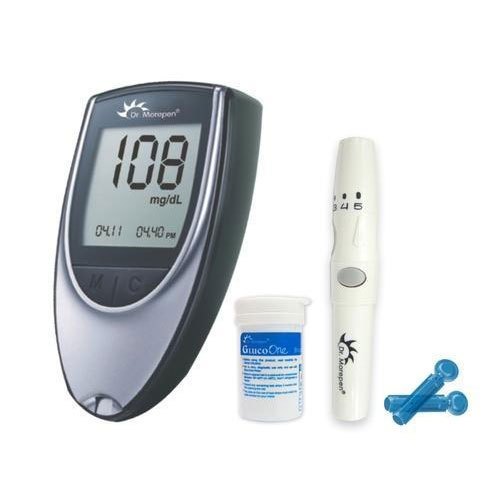Blood Sample:
Matrics solution the user pricks their finger or another suitable area to obtain a small drop of blood. Some modern glucose meters may allow alternate sites for testing, such as the forearm or palm.
Test Strip Insertion:
The user inserts the sugar test strip into a glucose meter, a small handheld device used to measure blood sugar levels.
Capillary Action:
The strip usually contains a small area with chemicals that react with glucose in the blood. The blood sample is applied to this area, and capillary action draws the blood into the strip.
Chemical Reaction:
The chemicals on the strip react with the glucose in the blood sample, producing a measurable signal. This signal can be electrical, enzymatic, or chemical, depending on the technology used in the particular glucose meter.
Glucose Reading:
The glucose meter reads the signal produced by the strip and displays the corresponding blood sugar level on its screen. Some meters provide results within a few seconds, while others may take a bit longer.
It's important to note that different glucose meters may have specific instructions for use, so it's essential to follow the manufacturer's guidelines provided with the meter and test strips. Additionally, test strip storage conditions and expiration dates should be observed to ensure accuracy and reliability.
